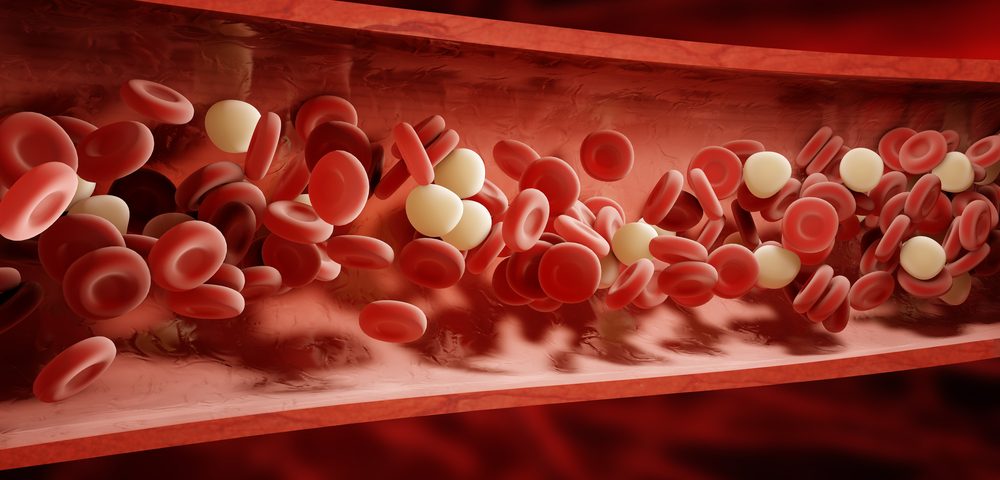Red Blood Cell Size Linked to Poor Prognosis in Sjogren’s Patients with PAH, Study Shows
Written by |

Larger differences in the size and volume of red blood cells — measured with a blood parameter called red blood cell distribution width — are linked to poor prognosis and survival in patients with primary Sjogren’s syndrome affected by pulmonary arterial hypertension (PAH), researchers found.
Their study, “Red blood cell distribution width as a potential predictor of survival of pulmonary arterial hypertension associated with primary Sjogren’s syndrome: a retrospective cohort study,” was published in Clinical Rheumatology.
Sjogren’s syndrome is a chronic autoimmune disease characterized by an abnormal infiltration and accumulation of immune cells inside certain glands, leading to tissue inflammation and eventually irreparable damage.
Pulmonary arterial hypertension (PAH) — high blood pressure in the arteries of the lungs and on the right side of the heart — is one of the most severe complications and leading causes of death among patients with primary Sjögren’s syndrome (pSS).
Although PAH is more frequent in other types of autoimmune diseases, such as systemic lupus erythematosus (58.4%) and systemic sclerosis (26.3%), compared to Sjogren’s syndrome (15.3%), patients with Sjogren’s-PAH usually have a poor prognosis.
One possible strategy to minimize negative outcomes in Sjogren’s-PAH is to find new prognostic markers that could be used to identify high risk patients who may benefit from early treatment.
The red blood cell distribution width (RDW) test calculates the size difference between the biggest and the smallest red blood cell present in a given sample. The higher the difference, the more variable red blood cells are, which could indicate a series of medical complications, including anemia, iron deficiency, and inflammation.
High levels of RDW have also been linked to the development of PAH in systemic sclerosis patients, but so far no study tested its association with primary Sjogren’s-PAH patients’ survival and clinical outcomes.
In this study, researchers aimed to assess whether RDW levels could be used as a prognostic factor for pSS-PAH.
The retrospective cohort study involved a total of 55 Chinese pSS-PAH patients ages 24-62 who were followed between August 2007 and May 2017.
All patients were divided into two groups, depending on their RDW status: those with normal RDW levels (60%) and those with high RDW levels (40%).
High baseline RDW levels were found mostly in patients who died during the follow-up period (16.5%) and in those with a higher degree of heart failure, defined by the New York Heart Association (NYHA) guidelines (also 16.5%).
Patients with high RDW levels had significantly worse three-year overall survival rates compared to those with normal RDW levels — 59.5% vs. 88.7%.
Finally, researchers found that high RDW levels significantly correlated with poor clinical outcomes.
These findings indicate that RDW levels could be used as a disease prognosis marker to identify high-risk patients in a clinical setting.
“Our study is the first to describe the correlation between RDW levels and outcomes of patients with pSS-PAH and to identify RDW as a potential negative prognostic factor for pSS-PAH,” researchers wrote.
They said more studies are needed to confirm its validity in larger populations and to develop its function in patient management.





